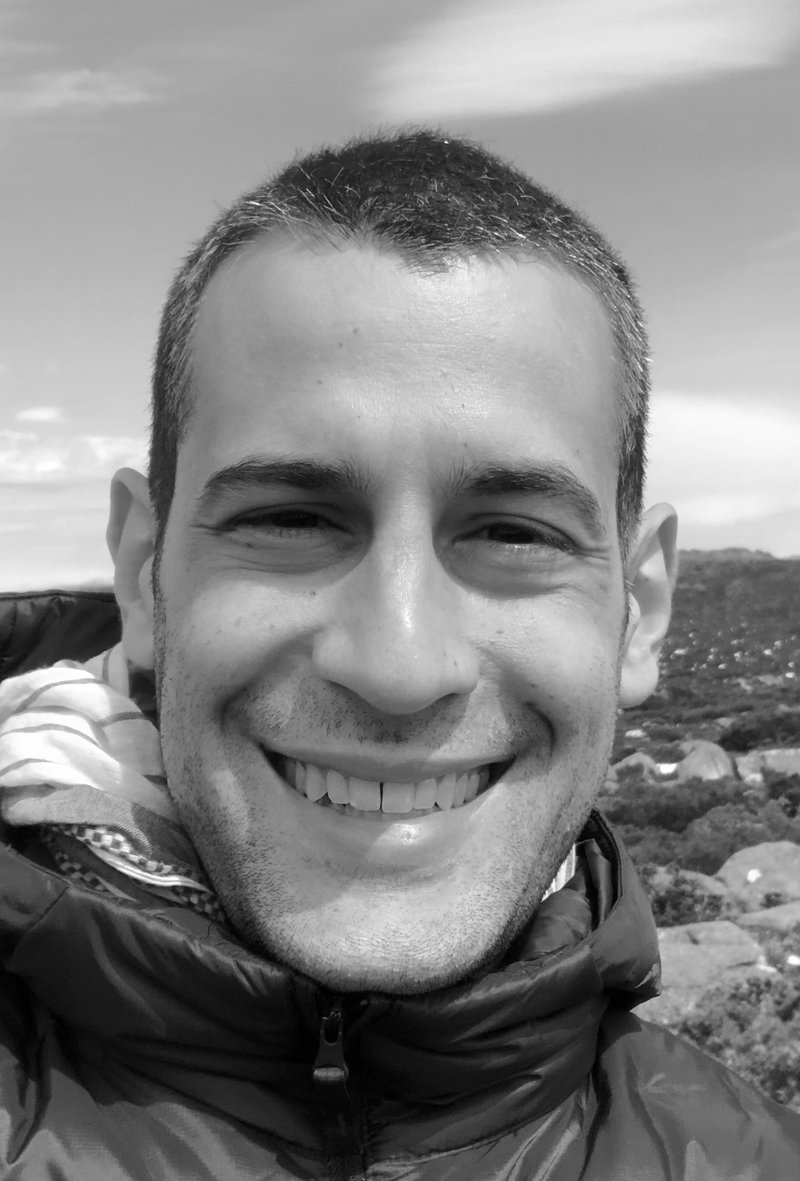Giancarlo Hannud

In 2021, 50 contemporary art curators, researchers, and museum professionals from 32 different countries were awarded support to attend the CIMAM 2021 Annual Conference, in-person and online.
For the first time, and thanks to the generous support of The Getty Foundation who sponsored the virtual platform, 27 grantees attended the conference online, while 23 attended onsite.
Launched in 2005, CIMAM’s Travel Grant Program is designed to foster cooperation and cultural exchange between contemporary art curators and museum directors in emerging and developing economies and their counterparts in other regions of the world.
Giancarlo Hannud's Conference Report
As we all know, the past two years have been a time of deep unrest and uncertainty due to the global pandemic of COVID-19, particularly amongst museum professionals. Forced to shut down institutions and search for new and exciting ways of reaching their public, museums have had to rethink their practices and strategies deeply. With CIMAM and its Annual Conference, things could not be different. This year's event took place both virtually and in presence. I attended the conference virtually. I must say that having attended previous conferences and despite the significant benefits gained from virtual events, the ability to converse with my peers and create meaningful and mutually beneficial relationships with like-minded people was sadly lost, despite the networking possibilities that were made available to us.
Nevertheless, listening to the keynote speeches and case studies and the discussions centered on what might be the new world of museums after the traumatic experiences of the pandemic was to me highly fruitful intellectually. It gave me a somewhat more positive outlook on the future possibilities, despite the harshness of the facts presented. Dipesh Chakrabarty's contribution to the conference was particularly relevant in this respect, the calmness of his delivery highlighted by the harshness of the facts laid before us. If previously museum discussions were centered on questions of sustainability, context, and accessibility, now the questions seem to be of an entirely different order and urgent in entirely different ways. This does not make the previous issues irrelevant but instead places them in other contexts, and in this, Chakrabarty's viewpoint seemed intensely relevant, especially in highlighting the limitations of our field. It looks like significant change will not come from museums but rather from other spheres of power. The best museums can do is push these continually unwilling spheres of influence into action.
The opportunity to participate in this year's CIMAM conference and play a role, albeit a minor one, in the international dialogue about the future of our field was a unique opportunity to develop my immersion in the museum field further. I will carry very fond memories of this year's discussions and the impassioned tone of so much that was said.